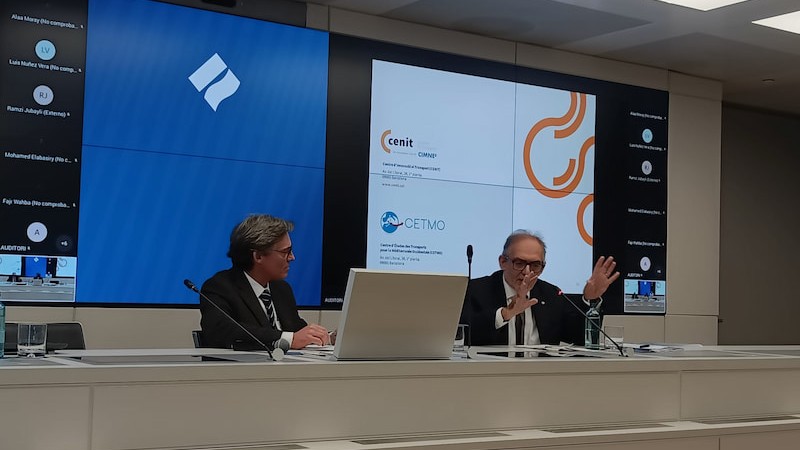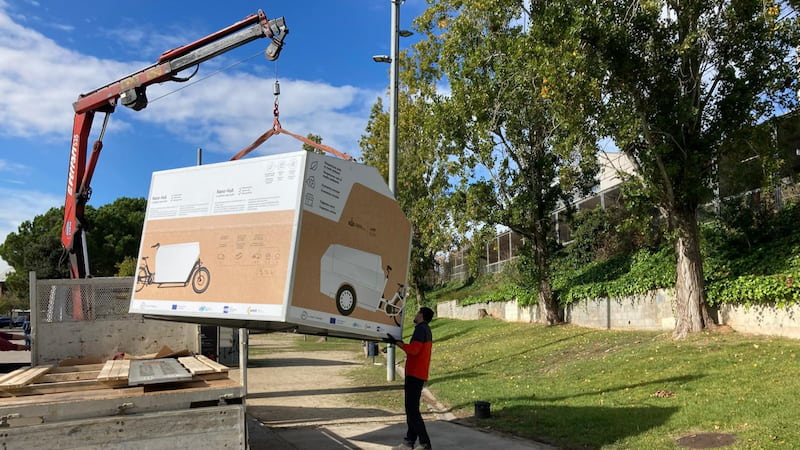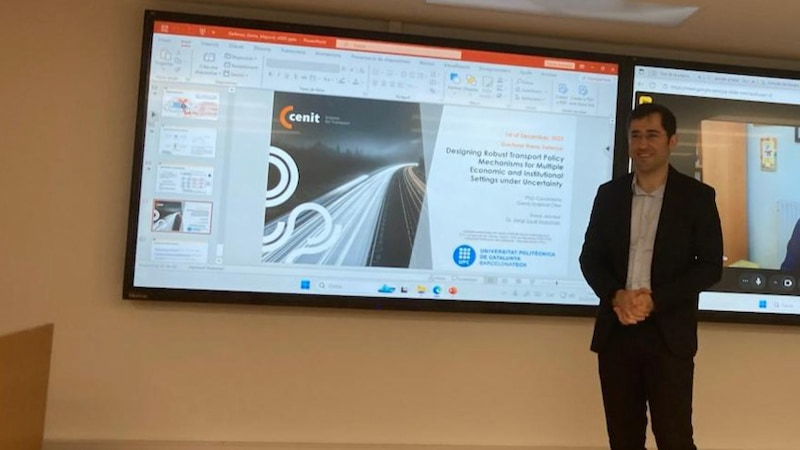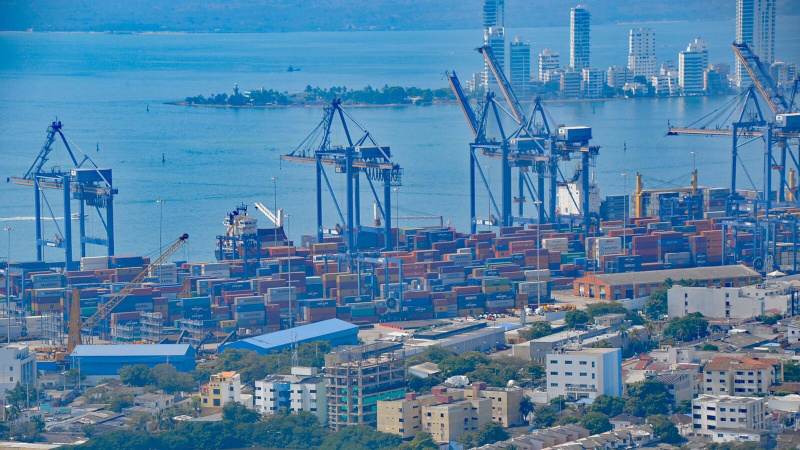
Researchers at CENIT, the Innovation Unit in Transport of CIMNE, along with project partner HINICIO, have contributed to a World Bank report that identifies Colombia’s potential to become a major supplier of green hydrogen–based fuels for shipping and other sectors. The study places ports, sustainability and innovation at the centre of Colombia’s energy transition and sets out practical steps to move priority projects from prefeasibility to implementation.
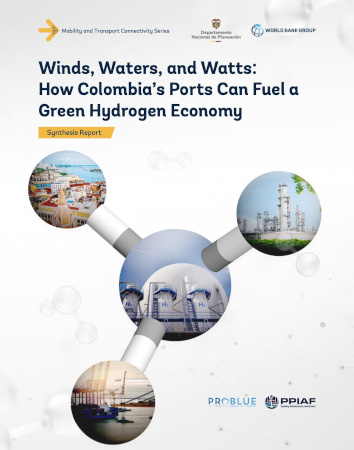
The report looks at four port locations — Cartagena, Barranquilla, Puerto Brisa and Puerto Bolívar — and draws on workshops, roundtables and technical interactions with more than 100 Colombian and international experts between December 2023 and November 2024. The analysis asks three questions: which ports are best suited for future value chains for green hydrogen–based fuels, what is the technical and financial feasibility of lighthouse projects at those ports, and what actions public and private actors should take next.
Five key insights
-
- Mutual dependence of shipping and hydrogen. Maritime decarbonization will rely on green hydrogen–based fuels, and the global green hydrogen economy will in turn rely on shipping and ports to move product at scale.
- Seven flagship opportunities. A two-stage analysis identified seven flagship opportunities for lighthouse projects along Colombia’s Caribbean coast.
- Export markets lead. The largest near-term commercial opportunities are in export markets, with bunkering demand expected to grow thereafter.
- Financial viability is conditional. Priority projects can be viable at average green-premium prices, but financial viability is highly sensitive to future international fuel prices and to policy decisions.
- Roadmap required. A clear Green Hydrogen Roadmap and aligned public–private action are necessary to construct the elements (energy, water, land, ports, logistics and regulation) that will enable functioning value chains.
From potential to implementation
Practical next steps in the report include establishing a clear and predictable policy (and policy frameworks), integrating green-hydrogen logistics into port masterplans (electrolysis, storage, bunkering and export terminals), prioritizing lighthouse projects that combine resources with logistics and commercial pathways, and using public instruments to de-risk early investments (grants, blended finance, PPPs).
The report finds that Colombia has the geographic assets, port infrastructure and resource potential to become a competitive supplier of green hydrogen–based fuels. But turning potential into projects requires decisive, coordinated action.
The technical building blocks exist at several Caribbean ports and commercially viable pathways can be created if policy risk is reduced, early projects are de-risked, and port planning explicitly incorporates green-hydrogen logistics. However, delivering on this opportunity will depend on a clear national roadmap, targeted public support to attract private capital, and sustained multi-stakeholder coordination at national, regional and port levels. With those elements in place, lighthouse projects can catalyse broader value chains that deliver exports, local benefits and progress toward maritime decarbonization.
Download the full World Bank report (available in English and Spanish).







